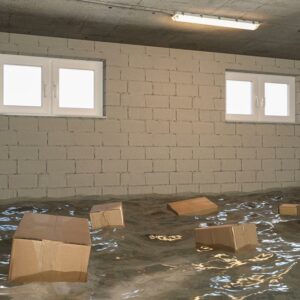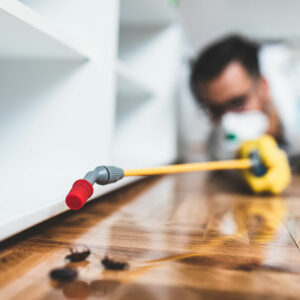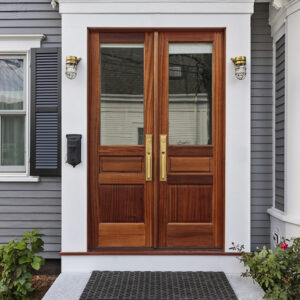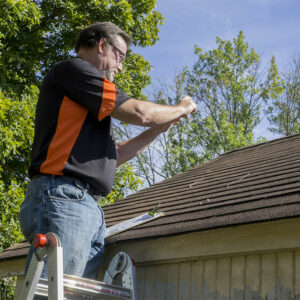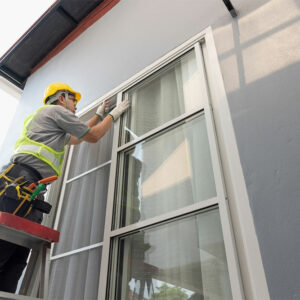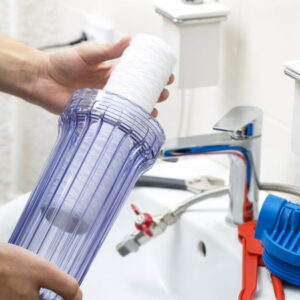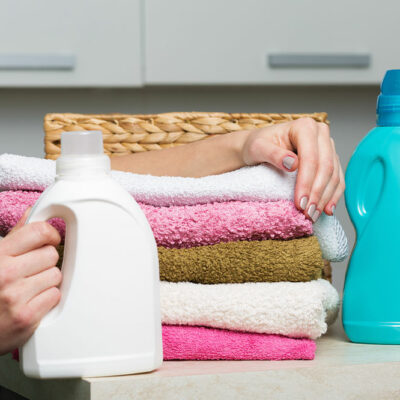
01
8 basement renovation mistakes to avoid
Basements can be heavily underutilized, especially when used to store all the extra stuff in the house. Sometimes, the basement is also a makeshift laundry room, gym, playroom, or all rolled into one. However, if planned well, it can become a valuable living space. The right upgrades in this space can also enhance the resale value of the house. So, if one is planning to renovate the basement, they should avoid the following mistakes: 1. Not obtaining the right permits It is mandatory to get a permit for basement renovation. Not getting a permit is not only illegal but can also prove to be dangerous. This is because the permit ensures that the renovation job is done according to the safety laws and code of the city. One can get a permit by calling the local municipality office and informing them about the type of work one is planning to undertake in the basement. Then, board inspectors will visit and periodically monitor the work to ensure all rules and regulations are followed. 2. Skipping inspection As a basement is right underneath a house, it is prone to structural issues that can develop over the long run. Further, for one moving into the existing house, a professional inspection can help them detect all issues, from water seepage to pest infestation, that can cause potential damage. If these problems are discovered after the renovation, it will mean re-doing everything and incurring huge expenses in the process. So, it is crucial to get the basement inspected before going through with any modification or renovation. This step will help one plan better and prevent issues. 3. DIY renovation without experience DIY renovation can seem easy on videos online. Also, taking on a project solo may seem tempting from the cost perspective. But if one does not have the necessary skills or expertise, DIY renovation can be a mistake.
Read More 